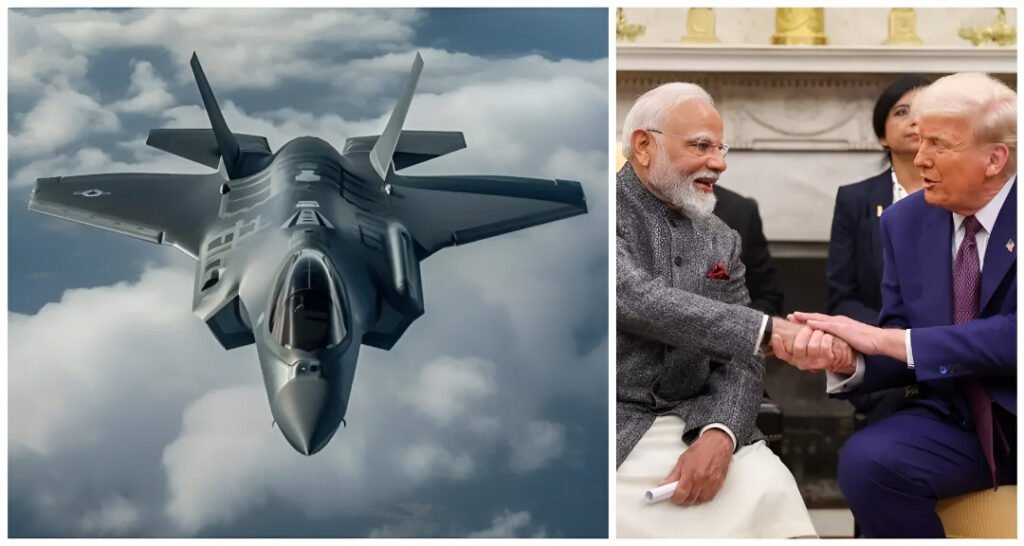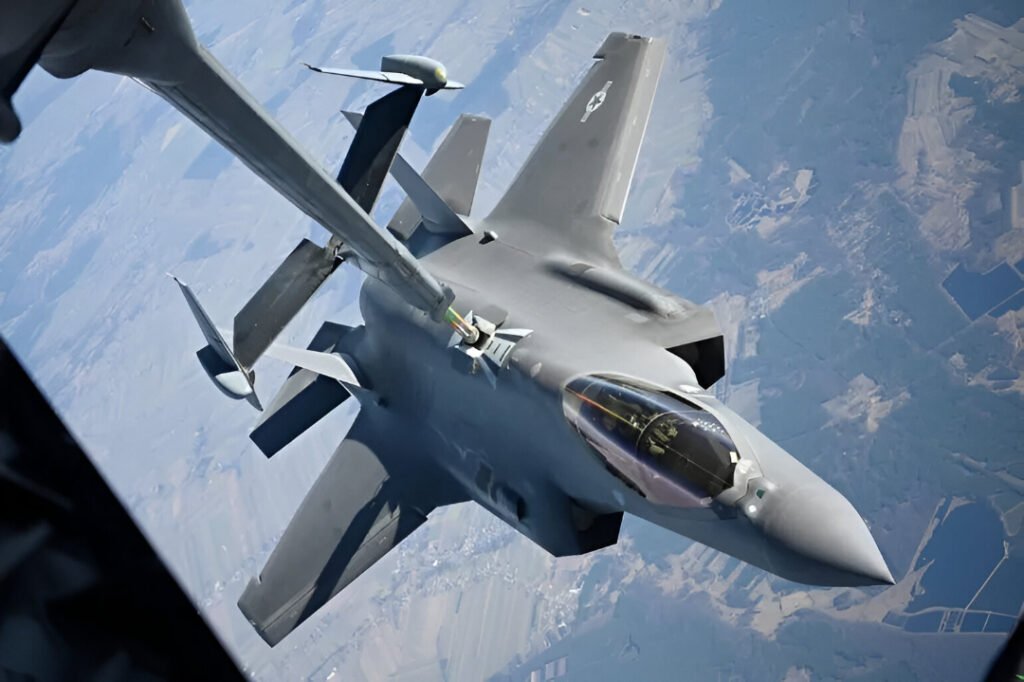
The Introduction: Does India Have Access to F-35 Fighter Jets?
US-India relations have been a point of controversy lately, and so have the F-35 fighter jets, the latter being further intensified by the statement made by the Centre earlier, claiming that no formal discussions or proceedings have been made to avail the fighter jets by either of the parties. F-35 fighter jets have always been a point of
The Discussion Surrounding the F-35 Fighter Jets
The discussions and negotiations enhanced a great deal around the time of President Trump’s address; however, as of now, the matters seem to have slowed down since the US government is more focused on maintaining the relations that have been established rather than starting to reap the benefits of the ones that were established. It will be beneficial for work to be put in on a formal approach and to devise a way to not be dependent on either party.
These explanations were provided by India’s strategic planners:
- The exorbitant price of the F-35 fighter plane, surpassing $80 million for each unit.
- Concerns with integration for India’s predominantly Russian-made defense industry.
- Greater consideration towards technology transfer with Indian joint-venture manufacturing in line with “Make in India” policies.
- Continued active focus on other options, such as the domestically developed Multi Role Fighter Aircraft (MRFA) program and possible co-production of the Su-57 with Russia.
Consequences of the Trump Tariffs on India-US Relations
The so-called “Trump Tariffs” introduced by President Trump marked an aggressive shift in US trade policy, applying a blanket 25% tax on Indian exports as well as an additional tax on oil, pharma, and electronics exports. India is treated differently than all other countries that were granted exemptions. Here, the taxes will be applicable to all sectors, which can result in a loss of $30 billion in exports in the next fiscal year.

The strategic disagreements that give rise to the Trump-India relations also hinge on the reasons for the imposition of the tariffs:
- India’s continued oil and military equipment imports from Russia.
- To balance its trade surplus with the US, India plans to increase imports to include natural gas and technology equipment, though it has no plans to increase purchases of US defense equipment, confirming its prior refusal to accept the F-35.
- The ongoing ‘Trump tariff and trade war’ has destroyed bilateral trust and has led experts to caution that India cannot take Washington’s partnership, especially in the sensitive defense and semiconductor domains.
India’s Policy: Strategic Autonomy and Domestic Defense
During the Lok Sabha, the Minister of External Affairs said India-US relations are strong centers of cooperation, sharing common goals and respect. Nonetheless, the government pointed out that all strategic choices, including the F-35 jet, are made ‘in the context of India’s national interest and strategic autonomy due to self-reliance commitments.’
India’s priorities focus on:
- Bolstering domestic defense production with the ‘Make in India’ initiative.
- Pursuing defense contracts that provide technology transfer and production access.
- Expanding international relations while continuing defence procurement from Russia despite American sanctions.
Conclusion
With the escalation of Trump’s tariffs and the broader US-India trade dispute, India has categorically ruled out any F-35 fighter acquisition from the US. By explaining its position to Parliament and the rest of the world, the Indian government has signaled its willingness to protect self-reliance in indigenously produced defense systems, manage the increasingly complicated India-US relations, and sustain strategic autonomy.











